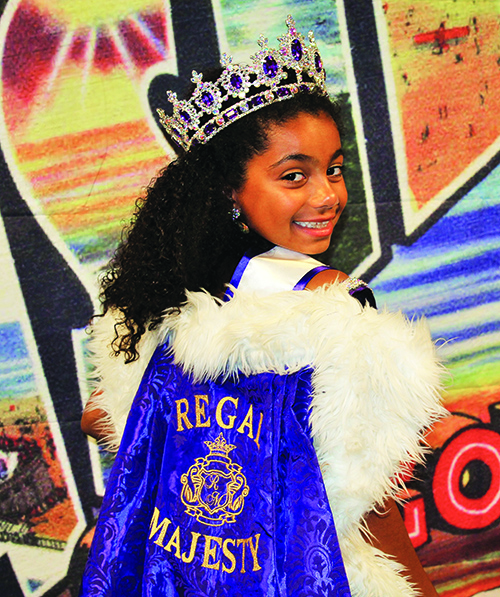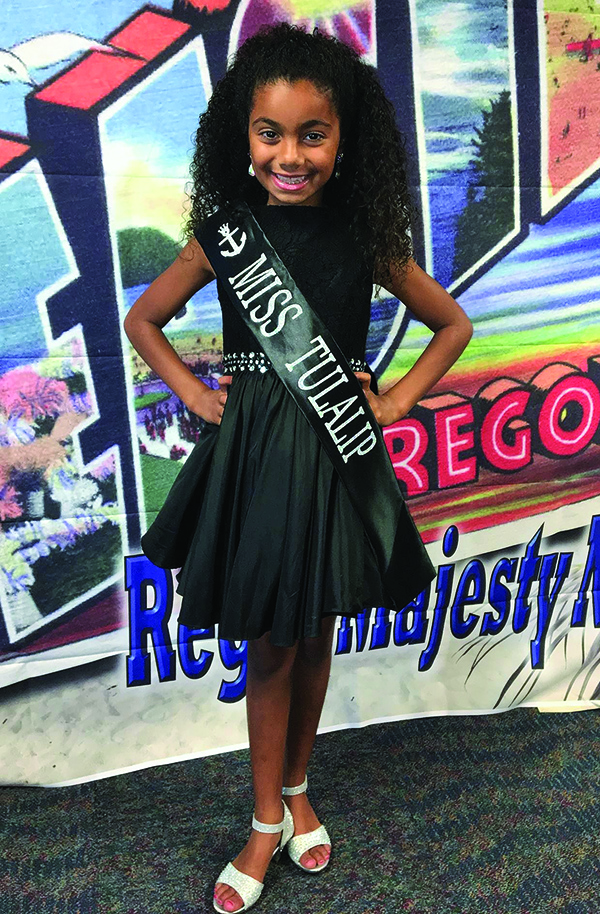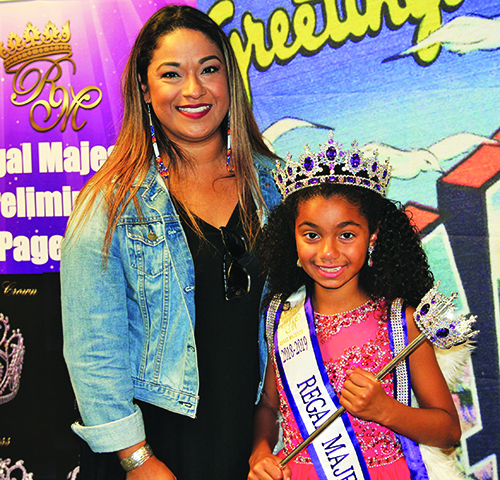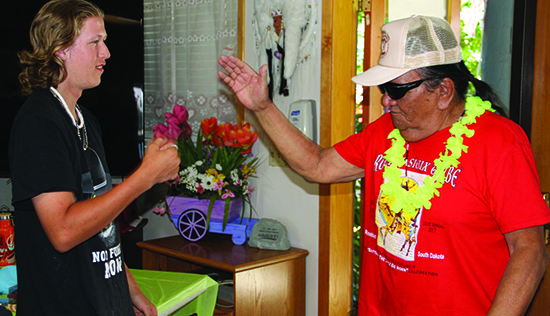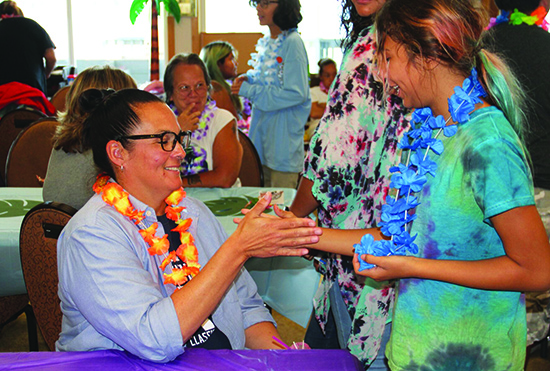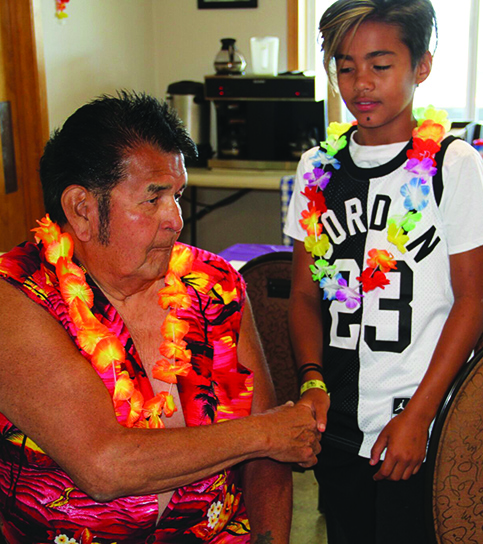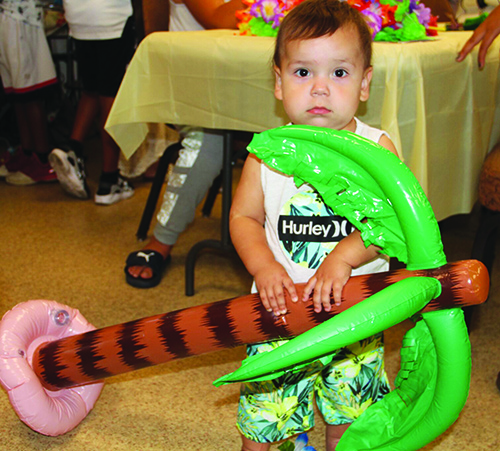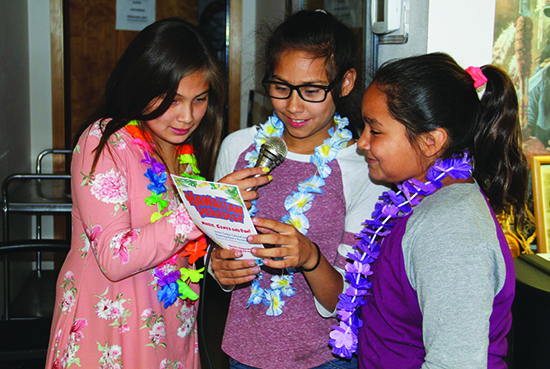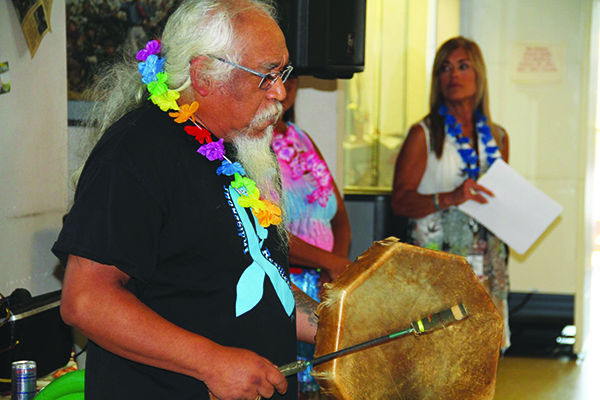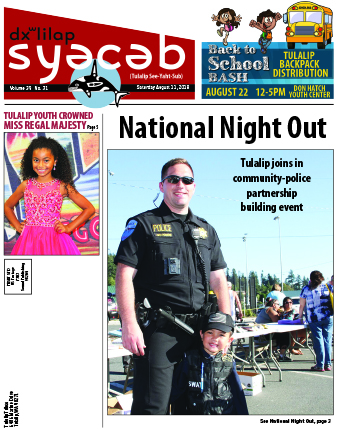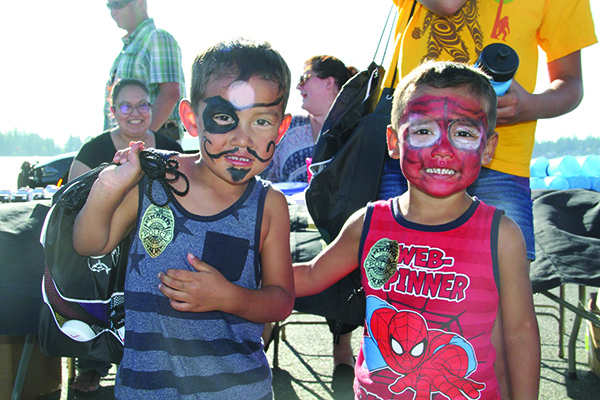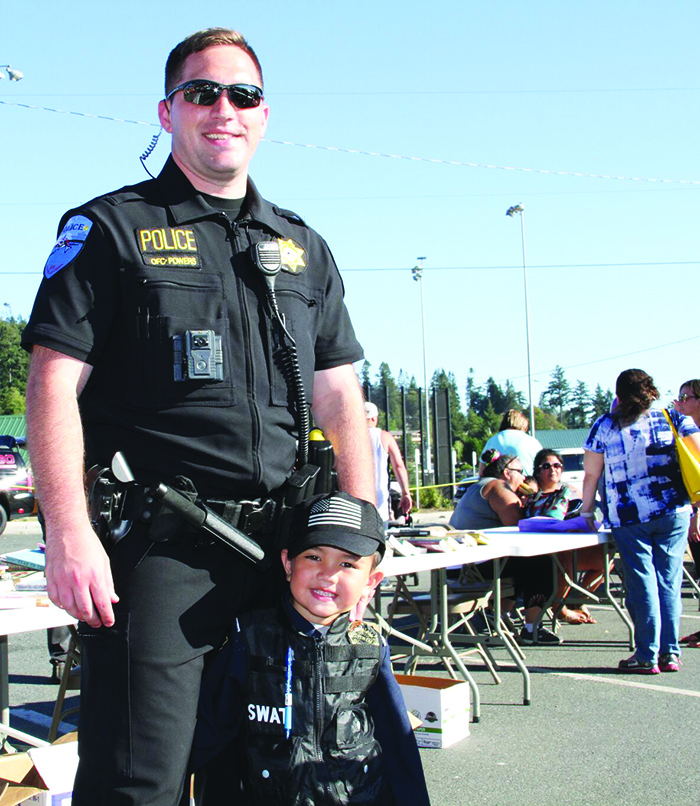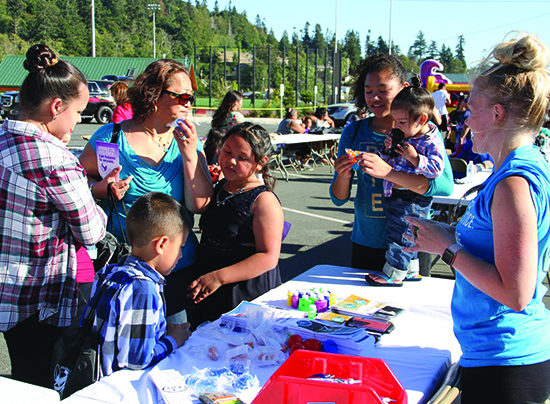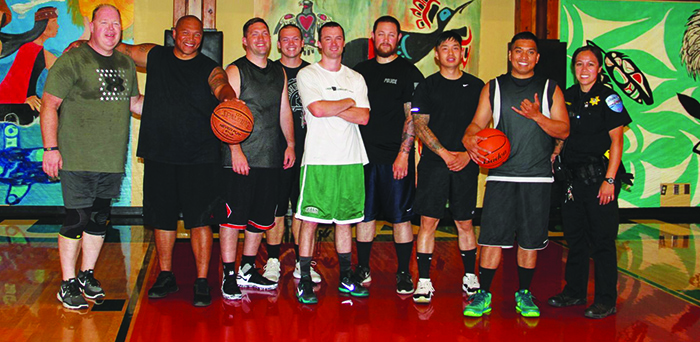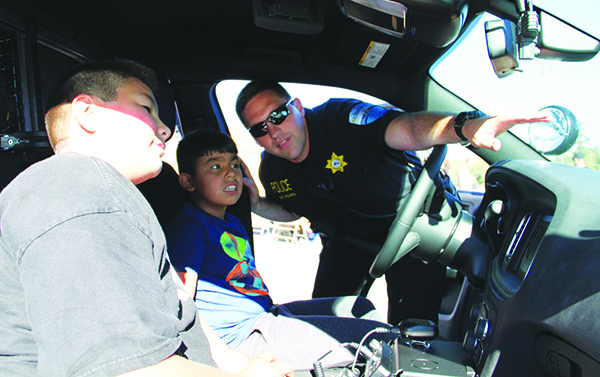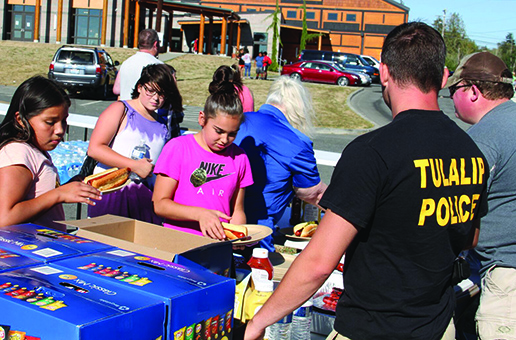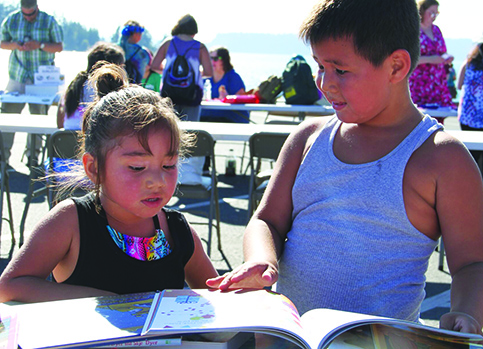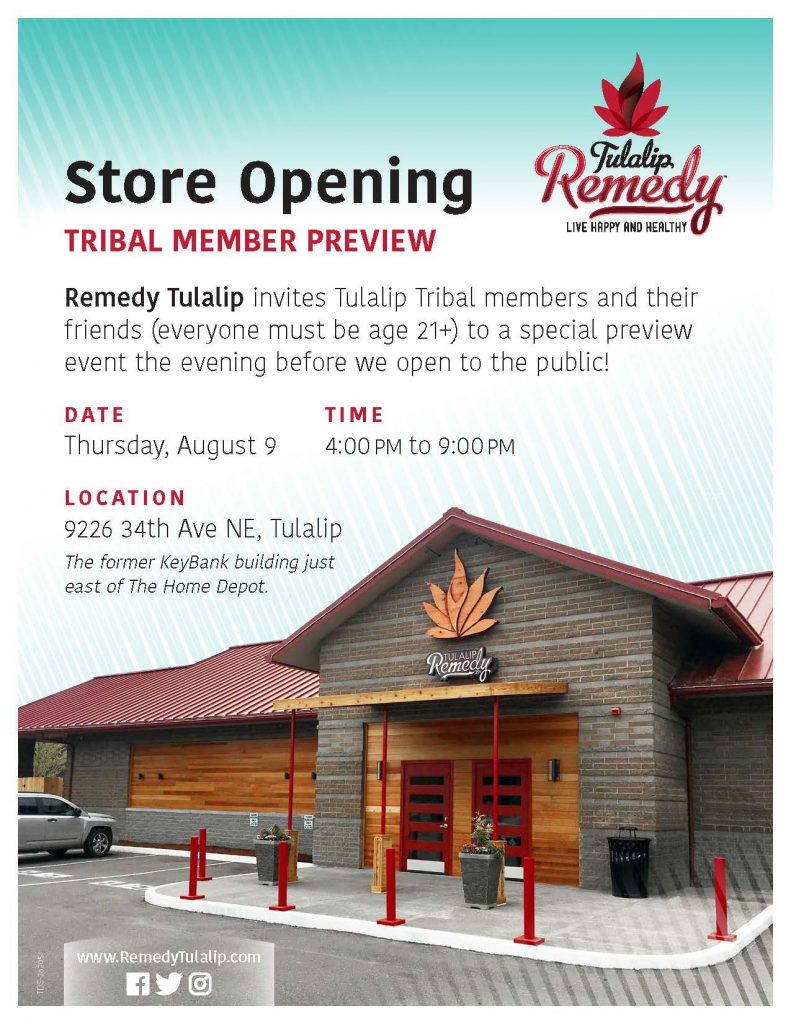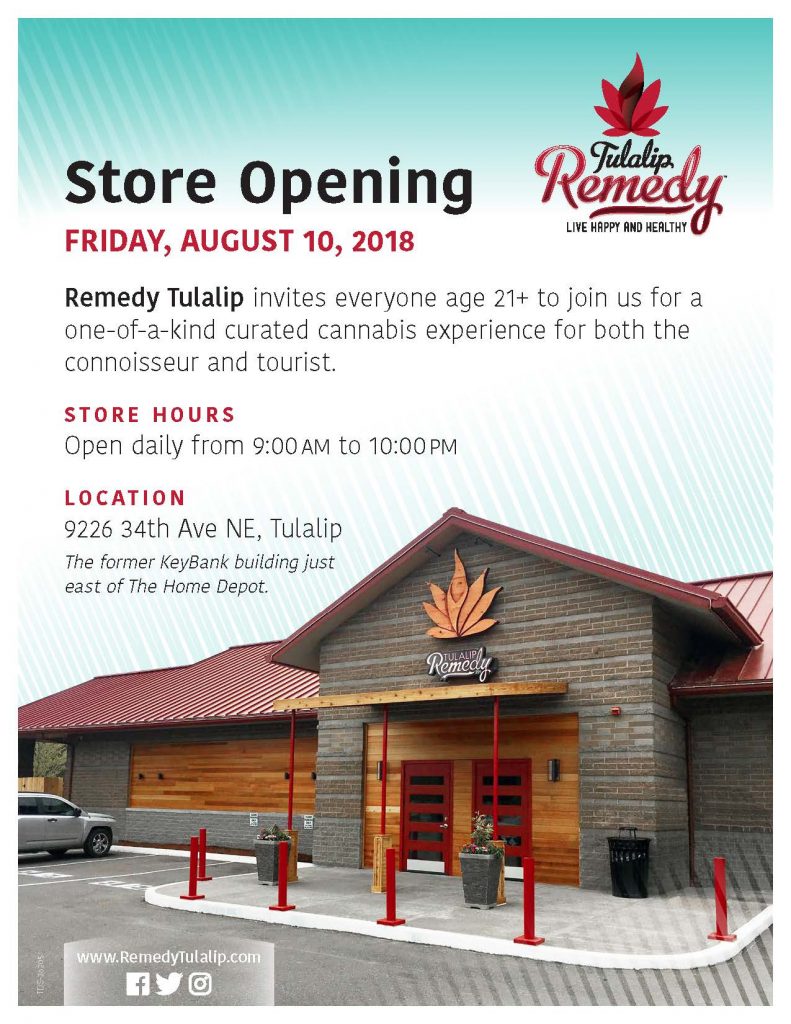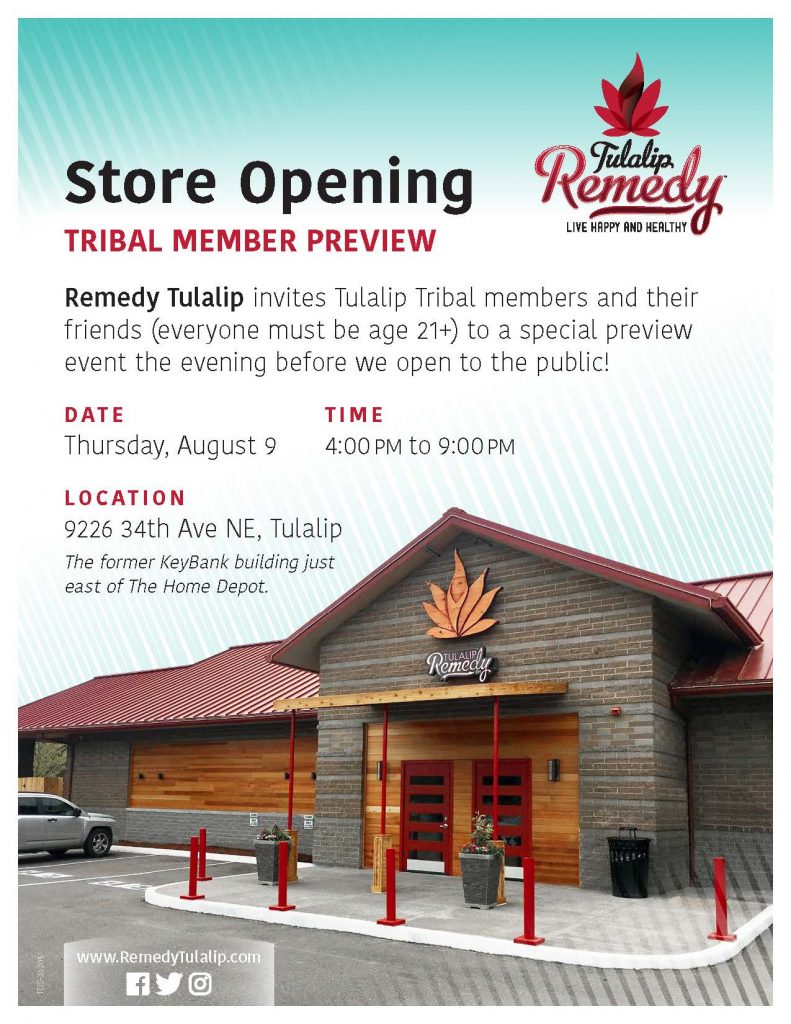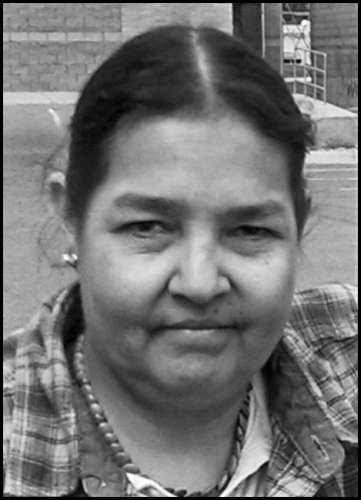 Cecile Rose Elworth-Menge was born February 14, 1963 in Seattle, WA, and passed away on August 6, 2018 in Everett, WA. Cecile was named for both grandmothers. Cecile loved to spend time gardening, tending to her animals, being outdoors, and taking care of people. She had a quick and infectious laugh. Cecile entered into the US Army in San Jose, CA, as a radio operator and separated in Fort Gordon, GA, after serving four years. She is preceded in death by her father, Charles Elworth and granddaughter, Aiden; granddaughter of the late: Margaret (Henry) Holmes and Charles S. Oliver Sr. and Mildred and Anthony Kazmirski; Aunt Catherine (Oliver) Rivera, Uncle “Manny”, Charles H. Oliver Jr. and first cousin, Michael Proo. Cecile is survived by her husband of 20 years, Scott Menge; mother, Alma Louise Elworth; daughter, Angelina Elworth; son, Anthony Elworth; son, Jean-Luc Elworth; siblings, Julie, Brian and Christopher Elworth; grandchildren, Leila, Kurian, Kaimira, Henry, and Jordan; best friend, Dena McClinton; and John and Jean Chilcott, Colleen (Donnelly) and Generoso Tandiama, Patrick (Karyn Barnes) Donnelly, Janie Lynn (Donnelly) and Kurt Moose, Kevin Kazmirski, Terrence Kazmirski; Aunties, Cecile (Oliver) Hansen and Carolyn Oliver. An Interfaith service will be August 10, 2018 at 6:00pm at Schaefer-Shipman Funeral Home. Funeral services will be August 11, 2018 at 10am at The Tulalip Tribal Gym.
Cecile Rose Elworth-Menge was born February 14, 1963 in Seattle, WA, and passed away on August 6, 2018 in Everett, WA. Cecile was named for both grandmothers. Cecile loved to spend time gardening, tending to her animals, being outdoors, and taking care of people. She had a quick and infectious laugh. Cecile entered into the US Army in San Jose, CA, as a radio operator and separated in Fort Gordon, GA, after serving four years. She is preceded in death by her father, Charles Elworth and granddaughter, Aiden; granddaughter of the late: Margaret (Henry) Holmes and Charles S. Oliver Sr. and Mildred and Anthony Kazmirski; Aunt Catherine (Oliver) Rivera, Uncle “Manny”, Charles H. Oliver Jr. and first cousin, Michael Proo. Cecile is survived by her husband of 20 years, Scott Menge; mother, Alma Louise Elworth; daughter, Angelina Elworth; son, Anthony Elworth; son, Jean-Luc Elworth; siblings, Julie, Brian and Christopher Elworth; grandchildren, Leila, Kurian, Kaimira, Henry, and Jordan; best friend, Dena McClinton; and John and Jean Chilcott, Colleen (Donnelly) and Generoso Tandiama, Patrick (Karyn Barnes) Donnelly, Janie Lynn (Donnelly) and Kurt Moose, Kevin Kazmirski, Terrence Kazmirski; Aunties, Cecile (Oliver) Hansen and Carolyn Oliver. An Interfaith service will be August 10, 2018 at 6:00pm at Schaefer-Shipman Funeral Home. Funeral services will be August 11, 2018 at 10am at The Tulalip Tribal Gym.
Alpheus E. Jones Sr. (1940 – 2018)
Alpheus Edwin Jones Sr. was born July 8, 1940 in the Tulalip Old Hospital and entered into rest on August 5, 2018. He was a commercial fisherman, and would fish with Wheatie on Sarah Jean and Skipper on the Night Owl, salmon ceremony fish cooker, and enjoyed traveling, playing basketball, softball, and hardball. Alpheus coached the Tulalip Chiefs and Tulalip co-ed team and The Bad Company Youth Basketball team. He was inducted into the NIAA Hall of Fame in 2007. He is preceded in death by his parents, George and Louella and numerous family members, as well as special grandchild, Dontae Wayne Jones. He is survived by his wife, Mildred L. Jones of 53 years, as well as his children, Charlie and Roxanne, Jeff Jones Sr., Alpheus Jones Jr., Dana Jones, Luella Ann and Leon Enick, and Allison Jones; siblings, Stanley and JoAnn Jones Sr., Virginia Carpenter, Dawn Simpson, Joy Lacey, Dale Jones and Barbara Jones, Marvin Jones, Richard Jones and Toby Jones, Delmer and Bev Jones, Virginia Cross, Lorraine Cross, Marlene Cross, George Cross Jr.; granddaughter, Brittany Nelson-Jones; and numerous grand-children and great-grand-children. Special Caretaker Bernard Duplessis. He also leaves behind his special cat, Simba. Visitation will be held on August 9, 2018 at 1pm at Schaefer-Shipman Funeral Home. Interfaith will be at 6pm at the Tulalip Tribal Gym. Funeral service will be August 10, 2018 at 10am at the Tulalip Tribal Gym with burial to follow at Mission Beach Cemetery.
Poise under pressure: Malana Richwine crowned Miss Regal Majesty
By Micheal Rios, Tulalip News
Malana Richwine recalls watching her big sister Martelle transform into a beautiful princess as she captivated runway and stage judges alike while competing in national beauty pageants. For nine-year-old Malana, the moment her sister won National Cover Girl and received a dazzling tiara, she was inspired to compete in pageantry. Like little girls everywhere, she dreamed of being a princess.
After a series of discussions with her parents to prove she was committed to everything pageantry required, they were convinced this was the path for their youngest daughter. Following in her sister’s footsteps, the bold, young Tulalip tribal member set out into the competitive world of beauty pageants under the banner Miss Tulalip.
“Because Tulalip is my tribe, it’s where I’m growing up, and it’s my community,” says Malana on why she chose to be Miss Tulalip.
In the beginning, it was all about practice, practice, and more practice. Malana had to rehearse every routine, every stage queue, and, yes, even every hair flip until it became muscle memory. Because in pageants, just one misstep, missed mark, or misspoke word on stage can be the difference between placing high or being at the bottom.
“Pageantry is no different from any other program you put your child into,” explains Malana’s mother, Nickie Richwine. “Gymnastics, Little League, basketball, it all requires money, commitment, practice and lots of hard work on the part of the kids. Malana showed us her dedication by putting the time in to get prepared for a competition she had never done before.”
After months of training with a coach, Malana learned how to strut across a stage with style, keep her poise under pressure and speak into a microphone before crowds of people without faltering. With her personal introduction and stage routines fine-tuned to maximize her sparkling eyes and bubbly personality, Malana was ready to hit the big stage and put her skills to the test.
“I’ve been practicing and working really hard. Preparing for pageants and going on stage has made me confident,” admits Malana. “I know that anything is possible if I put my mind to it and try my best. I have my mom and dad, my sisters, my coach Jeremy, and so many people back home supporting me.”
Having a dedicated support system has been a reciprocal relationship, with Malana and her family giving back to the community. For example, on weekends she volunteers at local non-profit Leah’s Dream Foundation, which helps support families who have children with autism and other special needs. She’s also dedicated time at Volunteers of America collecting and sorting foods for families in need, and local charitable events like the 5k for the Fallen and the Walk for Autism.
In August 2017 (Tacoma), November 2017 (Anaheim, California) and March 2018 (Lynnwood), Malana’s confidence soared as she competed in three preliminary pageants. In each of them she wowed the judges in a variety of categories, even surprising herself with how well she performed on the microphone. Most importantly, Malana received high enough marks in all competitions to qualify for her first national pageant, Regal Majesty.
Beauty pageants aren’t cheap. Fees for preliminary or local contests range from $25 to $95. State level pageants run $150 to $300, and once one gets to the national level, competitors can expect to pay $400 to $1,000 (not including travel and accommodations) just to take part in the basic competitions. These include bonding parties, such as Disney and neon parties, photo portfolios, an interview, photogenic rating, plus formal and theme wear competitions.
The wardrobe alone can run $400 to $800, depending on whether mom is a clever seamstress. Because the Richwines don’t have money to burn, Nickie has become a whiz at pulling together outfits by adding a ruffle here and some beading there. She also utilizes valuable Tulalip resources, like leaning on Karen Fryberg as a custom wardrobe designer.
To pay for the Regal Majesty pageant experience, momma bear Nickie raised $3,000 in less than five months by holding garage sales, car washes, and 50/50 raffles like a madwoman.
The Regal Majesty National Pageant took place in Seaside, Oregon during July 29-31. All told, 41 contestants including teen, pre-teen, and adult contestants were introduced as the three-day pageant opened. Based on their modeling, confidence, style, and overall grooming, only a handful would be selected to wear the highly coveted Regal Majesty crowns.
Malana competed in seven competitions, having to change wardrobes and remake her hair and makeup on the fly in the short window between events. She showcased a hip, creative, and trendy style the entire time, all while never breaking eye-contact and a beaming smile towards the judges.
“I was really nervous before my first event. I had a nervous attack backstage going ‘oh my god, oh my god I can’t do this’ and had really bad butterflies in my stomach,” describes the animated, soon-to-be 4th grader. “But once I got on stage and could hear my family and friends cheering me on, I felt much better and was able to just have fun.”
Having fun came easy and her swagger was palpable as each competition came and went. In a group full of deserving youngsters, Malana’s stage game stood out. During the Regal Majesty crowing ceremony, many in the crowd could be overheard talking about Malana as the favorite in her age division.
After the 1st and 2nd runners-up were announced, leaving only the radiating little girl who not so long ago dreamt of being a princess like her big sister, Malana was overcome with emotion and cried tears of joy while being crowned a petite national champion and Miss Regal Majesty.
“When I realized I won, I was so happy that I couldn’t stop crying. So happy because I did my best, listened to my coach and my mom, and won a national title,” reflects Malana while wearing a dazzling tiara and sash signifying her as Miss Regal Majesty. “Having confidence in myself and smiling, and being focused were the keys to winning. I got to travel with my family and make a bunch of new friends, too.”
Monica Berginc, national director and owner of Regal Majesty, shares “Malana is so happy and positive. She’s simply amazing! She’s such a hard worker and has participated in so many community service events. In this pageant, we really focus on family, community service, and being positive role models, all of which Malana embodies beautifully.”
Looking forward, Malana is already envisioning herself winning another crown as she’ll be competing for a state title in the upcoming National American Miss pageant.
For the Richwines, competing in pageants has forged a strong bond among mother and daughters.
“The pressure is tremendous,” says Nickie, “but it’s so cool looking at the pictures and video to remember that feeling of being together and supporting each other. Not many moms have that kind of experience with their daughters. It’s a great feeling to watch their strength and confidence grow. Knowing I play a part in that by supporting and encouraging them to follow their dreams is so fulfilling as a mom.”
Luau-themed lunch brings elders and youth together
By Kalvin Valdillez, Tulalip News
“Okay, I want everybody to find a partner and create a secret handshake,” instructed DJ Monie Ordonia to a large crowd of elders and youth at the Tulalip Senior Center. “Once you’ve done your handshake, you can come up front and we’ll vote on whose is the best.”
Immediately kids sprung from their seats in search of an elder, someone to create a super-secret and super-cool handshake with. Some were a simple, yet firm handshake. Others were complex and even involved a little choreography. The important thing to note is the youth’s display of respect, how quickly they responded so their elders wouldn’t have to leave their chairs and also how they introduced themselves by explaining their lineage so the elders could identify their family. This was all showcased during the first activity of the Hawaiian Paradise event hosted by the Tulalip Problem Gambling program on August 7.
The luau-themed luncheon united youth and elders alike in an afternoon of fun, which included a dance group competition. The kids continued to show respect to their elders throughout the day by happily plating and delivering a delicious Hawaiian meal catered by Ryan’s Rez-ipes.
Nadene Foster and granddaughter Kailani Carpenter-Cox attended the event together and were incidentally paired up during the handshake competition. The ladies won the competition, garnering the most applause from the crowd.
“It’s important to bring our youth and elders together to hang out with each other,” says Nadene.
“It’s fun just to be together and celebrate,” adds Kailani. “All the elders are awesome. I like how all the kids participated in all of the activities. My favorite was creating a handshake with my grandma.”
The event not only brought youth and elders together, it also shed light on problem gambling and how it can affect your family and community. The youth and elders listed many of the ways gambling addiction can become an issue such as depression, boredom, anxiety and the loss of a family member. The group also took the time to brainstorm other activities people can try instead of gambling, like hiking, exercising, writing, and watching movies as well as attending family and cultural events.
Deyamonta Diaz and Rachel Steeve of Tulalip Youth Services transported two vans filled with kids from the youth center to Hawaiian Paradise. And just for a brief moment, with the amazing weather paired with the food and décor, one could almost trick themselves into thinking they were actually on one of the beautiful Hawaiian Islands.
“We attended this last year and we had quite a few kids too,” states Rachel. “It’s important for the kids to sit among their elders because they can teach the youth so many things. They have all of our knowledge and are the only people who can pass it on. And these youth will get the chance to pass on that same knowledge in the future. It reminds kids a lot about respect and taking care of our elders. All the kids prepared plates and brought food and refreshments to the elders, so it teaches them the importance of taking care of our elders because they took care of us at one point.
“It’s really good to see them having fun and interacting with each other,” she continues. “Just walking around the room you can see the smiles and feel the positive energy radiating from everybody. The dance competition was fun, the food was wonderful and it was nice to bring enlightenment to the issues of problem gambling in a fun way that the elders could teach and the youth can grasp.”
For further information regarding gambling addiction, please contact the Tulalip Problem Gambling program at (360) 716-4304.
August 11, 2018 syəcəb
Please use the following link to download the August 11, 2018 issue of the syəcəb:
https://www.dropbox.com/s/27f92kzvyzx9p92/August%2011%202018%20sy%C9%99c%C9%99b.pdf?dl=0
National Night Out: Tulalip joins in community-police partnership building event
By Kalvin Valdillez, Tulalip News
It was a gorgeous afternoon, clear skies and just a little over eighty degrees, on August 7. The tide was high and the waters of Tulalip Bay appeared more blue than usual, providing a spectacular view for the Tulalip community as they gathered to celebrate the 35th Annual National Night Out with the Tulalip Police Department (TPD). Held in the Tulalip Youth Services parking lot, the event attracted several families of many generations who they came to have a good time and thank local law officials for protecting the community.
“National Night Out is an annual event that most law enforcement agencies throughout the United States hold for their communities, typically in the month of August,” explains Tulalip Interim Chief Sherman Pruitt. “The police department and other tribal departments come together to provide resources, that way people can see the services that are offered and provided to them within their community. It’s always a great time. The kids come out, we have jumpies, we have our K-9 officer, we have the police vehicle that kids can go in and out of. Just spending that time so they can see the police officers in a different, positive light.”
That summertime barbeque aroma filled the air while officers grilled up hot dogs for their guests. Attendees visited the many stations at the event, learning about services offered at programs like the Tulalip Child Advocacy Center, the Betty J. Taylor Early Learning Academy and the Legacy of Healing. The Tulalip Office of Emergency Management was also in attendance and provided local citizens with safety information, as was the Tulalip Lions Club who donated numerous books to the youth.
The Tulalip Bay Fire Department was sure to make an appearance at National Night Out to re-spark an old on-the-court basketball rivalry between the two emergency response teams. This year, however, the Fire Department and TPD decided to mix things up, literally, by creating teams consisting of players from both departments on each team. A terrific display of camaraderie as Chief Pruitt passed the ball to Tulalip Bay Fire Department Chief Shaughnessy, exclaiming, ‘hit that Ryan!’
“We’re here to show our support for our local law enforcement and also be here for the community,” says Chief Shaughnessy. “It’s a fun night; the community gets to see their firefighters and their police officers and get in touch with them when it’s not a 9-1-1 call. It’s a great night for everybody to meet up, play some basketball, do some BBQ-ing and see the fire trucks and police cars. We appreciate TPD extending the invitation to us, we’re glad to be here.”
TPD officers gave the youth an up close look at their squad cars, showing them all of the cameras and gadgets they use while on the job. Officers were seen socializing with community members and laughter could be heard from all directions of the parking lot.
“It was a great turnout,” states TPD Officer, Aissa Thompson. “Everyone brought their families and I enjoy meeting new people. It’s good getting acquainted with the community you don’t always get a chance to interact with on a day-to-day basis. It was great playing basketball with a few of the girls from the community as well. I appreciate everybody coming out.”
As young Tulalip tribal member Kaiser Moses visited each booth, he took a moment to take in all of the good vibes his fellow community members seemed to be exuding.
“I like to see everybody talking, having fun and getting to know each other a little more,” he expressed. “It’s really important for the law enforcement and community to get together and talk because that’s what makes a strong bond. It’s important to have good communication between the law enforcement and the community because the law enforcement is what protects the community. And you don’t want the community to be afraid of the law enforcement, you want them to be like friends.”
Another successful National Night Out is in the books for TPD as this year’s event was a smash yet again, strengthening the relationship between the community and the police force that much more.
“My favorite part is the kids,” says Chief Pruitt. “Seeing them come over to see us and ask questions, because they’ve got an abundance of questions to ask, regarding law enforcement and showing an interest in that. Some of them even expressed that they want to be police officers when they grow up and I love to hear that.”
Election Committee Opening
Please submit your letter of interest by August 10-24, 2018 to the Board of Directors
Questions regarding the term and duties please contact Rosalie Topaum, Election Chairwoman, 360.716.4298 or rtopaum@tulaliptribes-nsn.gov
- Must be a Tulalip Tribal Member
- Must be over the age of 18
- We meet twice a month, during an election we meet weekly
- This position may require time away from your job bi-annually
- Lifetime appointment
Duties include:
- Administer and conduct elections within the Tulalip Tribes boundaries in a manner that will ensure fair and honest elections.
- Creating and distributing notice for the General Council Election(s);
- Publicly posting and distributing the list of qualified candidates for upcoming Elections;
- Recordation of petitioners, absentee ballots, election results, and related documents;
- Ensure that elections are conducted fairly and are within the requirements of the Constitution and by-laws;
- Safekeeping of Election documentation, materials and results;
- Working closely with various Tribal departments or entities
- Being impartial and unbiased
- Maintain confidentiality
Financial Class to Get Your Cash, Aug 30
The Tulalip Tribes Open Flagship Retail Cannabis Store
Remedy Tulalip aims to set a higher bar for retail cannabis and customer experience
TULALIP, WA—August 6, 2018 —The Tulalip Economic Development Corporation (TEDCO) is opening the doors to Remedy Tulalip, its flagship retail cannabis store, and among the first cannabis dispensaries in the United States to open on a reservation. Remedy Tulalip joins the bustling retail sector in Quil Ceda Village, the Nation’s second federally-recognized city, and a consolidated borough of the Tulalip Tribes.
9226 34th Ave NE, Tulalip, WA 98271
Open to the Public: August 10th, 2018 9:00 AM-10PM
Regular Store Hours: Mon-Sun 9:00 AM-10:00 PM
Remedy Tulalip aspires to provide a curated cannabis experience designed for both the connoisseur and the tourist alike, with a focus on offering a unique, informative customer experience. As one of only four tribes in Washington State in retail cannabis, Remedy Tulalip aims to be the top-performing retail store in Washington, and a symbol for the role that Indian Country will play in this rapidly expanding new industry.
“Indian Country is poised to become leaders in the emerging cannabis market,” says Les Parks, Tulalip Tribes Board of Directors. “Three decades of experience in entertainment and hospitality, and an I-5 location, give Tulalip an advantage. We have built a cannabis retail model that brings the same level of engagement, knowledge, and professionalism that we offer at all our properties. We are also partnering with emerging and affiliated Native American cannabis suppliers to help bring new values and voices to the forefront.”
Remedy Tulalip aims to be the busiest, most technology-driven retail cannabis store in the region with an interior design that integrates the unique natural and traditional aspects of Tulalip into the retail experience. The Remedy Tulalip model prioritizes staff engagement and education, a unique customer experience, and buying practices that reflect the value of diversity, sustainability, collaboration, and transparency.
“We are lifting the industry by expecting and supporting excellence from all of our suppliers. While much of the industry works from a bottom up model, we have intentionally flipped that to focus on high-quality and hand-curated products that reflect the Tulalip brand,” said Jonathan Teeter, Assistant General Manager for Remedy Tulalip.

